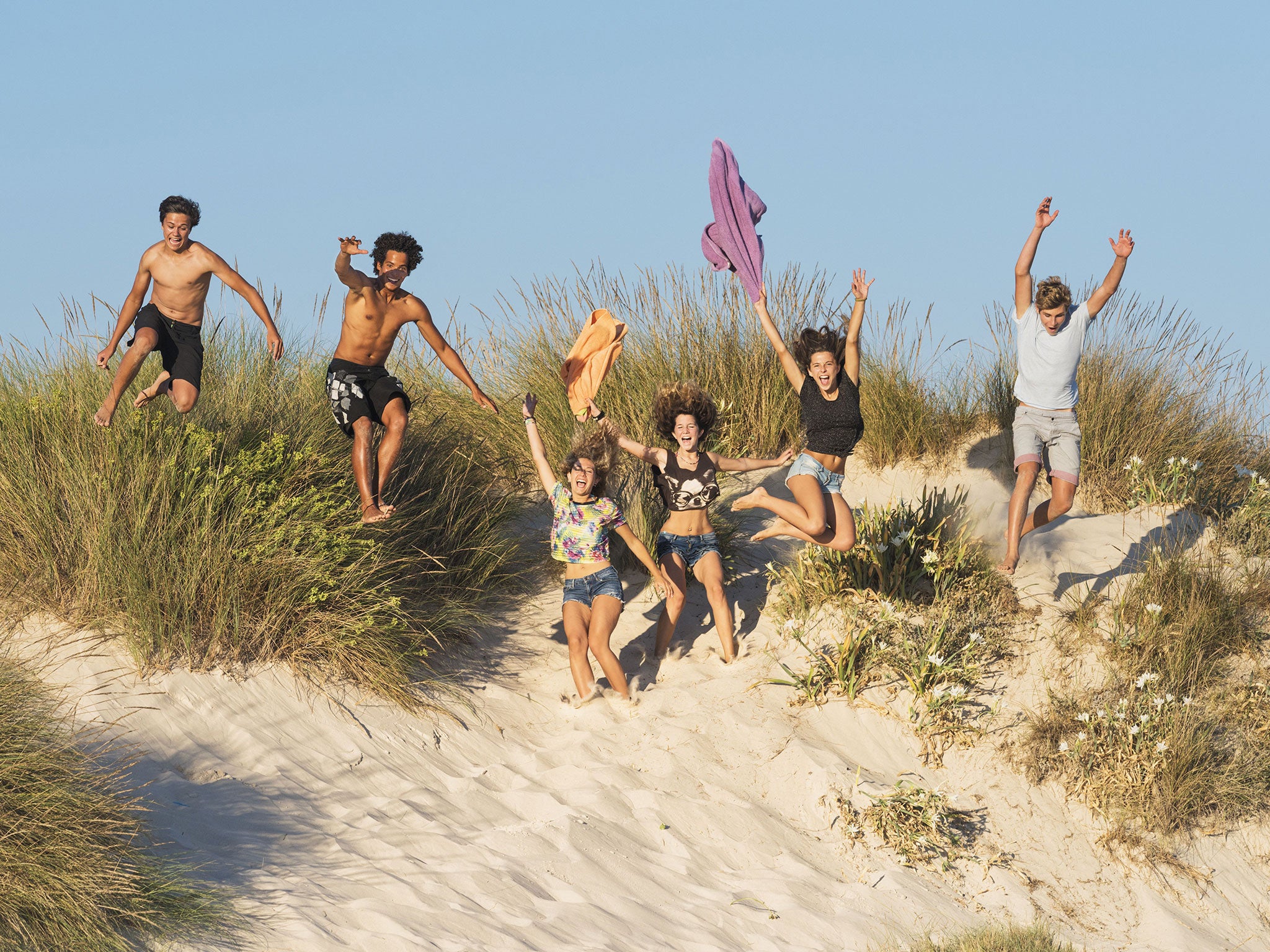Teenagers tend to have a bad reputation in our society, and perhaps rightly so.
When compared to children or adults, adolescents are more likely to engage in binge drinking, drug use, unprotected sex, criminal activity, and reckless driving.
Risk-taking is like second nature to youth of a certain age, leading health experts to cite preventable and self-inflicted causes as the biggest threats to adolescent well-being in industrialized societies.
But before going off on a tirade about groups of reckless young hooligans, consider that a recent study may have revealed a silver lining to all that misbehavior. While adolescents will take more risks in the presence of their peers than when alone, it turns out that peers can also encourage them to learn faster and engage in more exploratory acts.
A group of 101 late adolescent males were randomly assigned to play the Iowa Gambling Task, a psychological game used to assess decision making, either alone or observed by their peers. The task involves four decks of cards: two are “lucky” decks that will generate long-term gain if the player continues to draw from them, while the other two are “unlucky” decks that have the opposite effect. The player chooses to play or pass cards drawn from one of these decks, eventually catching on to which of the decks are lucky or unlucky — and subsequently only playing from the lucky ones.
The study, published in The Journal of Research on Adolescence, found that subjects who played with other adolescents watching them took more risks early on than the solo group by playing cards more often than passing. But the peer-observed group was also faster to learn which decks were lucky — and were quicker to start avoiding the unlucky decks — than the solo group. “Risk-taking in and of itself is not a bad thing, and taking risks is one way we learn about the world around us,” said study author Laurence Steinberg, the Distinguished University Professor and Laura H. Carnell Professor of Psychology at Temple University. “Peers may motivate each other to explore their environment in a way they might not do if they were being more cautious. Sometimes that leads to harmful consequences, but sometimes it leads to learning new things that are good, and I think that's one of the points of the paper.”
Steinberg is among a group of scientists who are dedicating their research to understanding the profound changes being experienced by the adolescent brain. It was once assumed that the human brain fully develops by our early teenage years, but recent research using brain imaging has discovered that areas of the brain associated with cognitive and emotional processing continue to mature from early adolescence until at least our mid-20s.
Although the brain doesn't grow in size much after a certain age, structural MRI studies have shown continuing neuroanatomical development in gray and white matter into adulthood. Gray matter volume decreases in certain areas, while white mater volume increases. Researchers believe this rearrangement and pruning of the brain's anatomy could explain some of the characteristic behavior seen in teenagers, but not in adults or children.
For instance, Steinberg has previously discovered through functional MRI that the mere presence of peers activates the brain's reward center much more strongly in adolescents as compared to other age groups.
“When the reward centers of the brain are activated, it tends to make individuals focus more on the potential rewards that they face rather than the downsides,” he said. “We think our brains are wired so that adolescence is a time when people are more willing to take risks, and that's a good thing as long as the risks they take don't jeopardize their well-being. It's important to remember that you're not going to be able to stop teenagers from taking risks — it's built into their wiring.”
From the perspective of parents, their child's teenage years can be a time of stress, conflict, and upheaval. Parents may experience confusion about how much discipline and supervision is appropriate as opposed to stifling during this period of transition to adulthood.
Steinberg stresses that the most important thing for parents to do for their adolescent children is to maintain a warm and satisfying relationship with them. This can create a world for them that so that the risks they take will be healthy ones — such as trying out for the school play, asking someone out, or taking challenging classes — instead of ones that will cause irreparable damage. Get to know the friends your child is hanging around with because, as his research suggests, peers can be a very strong influence on teenagers' behavior.
Lastly, he recommends against helicopter parenting, since it may prevent your child from learning as much — or as fast — as others.“Risk-taking is not inherently bad, and kids need to take chances and learn from their mistakes and their failures. To the extent that helicopter parents are interfering with that — they're not doing their kids any benefit,” said Steinberg. “A good rule of thumb is: protect when you must and permit when you can.”
Copyright: Washington Post
Subscribe to Independent Premium to bookmark this article
Want to bookmark your favourite articles and stories to read or reference later? Start your Independent Premium subscription today.


Join our commenting forum
Join thought-provoking conversations, follow other Independent readers and see their replies